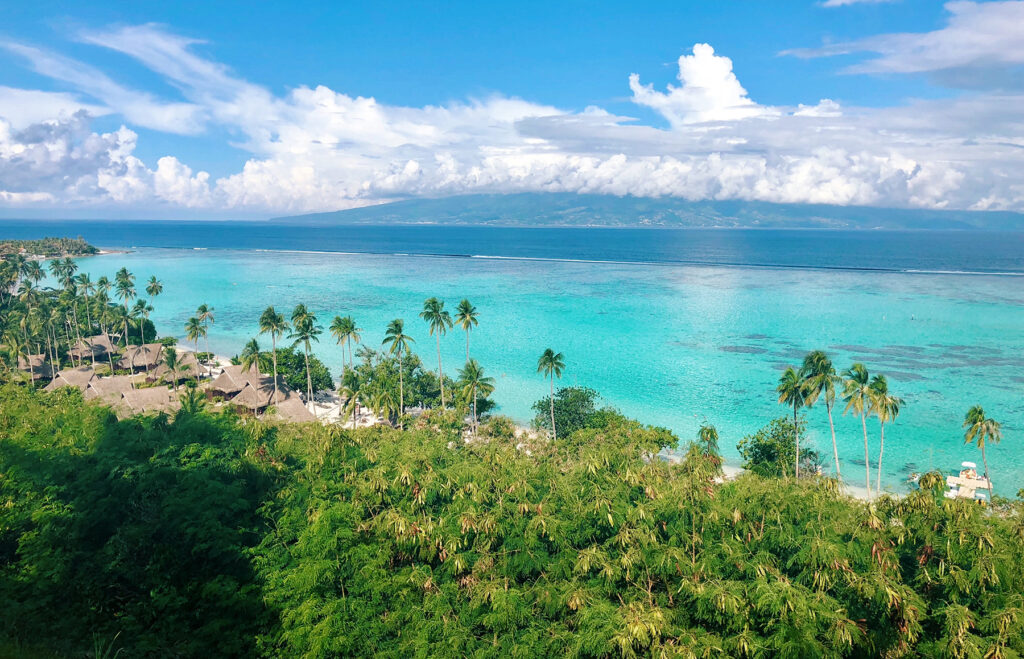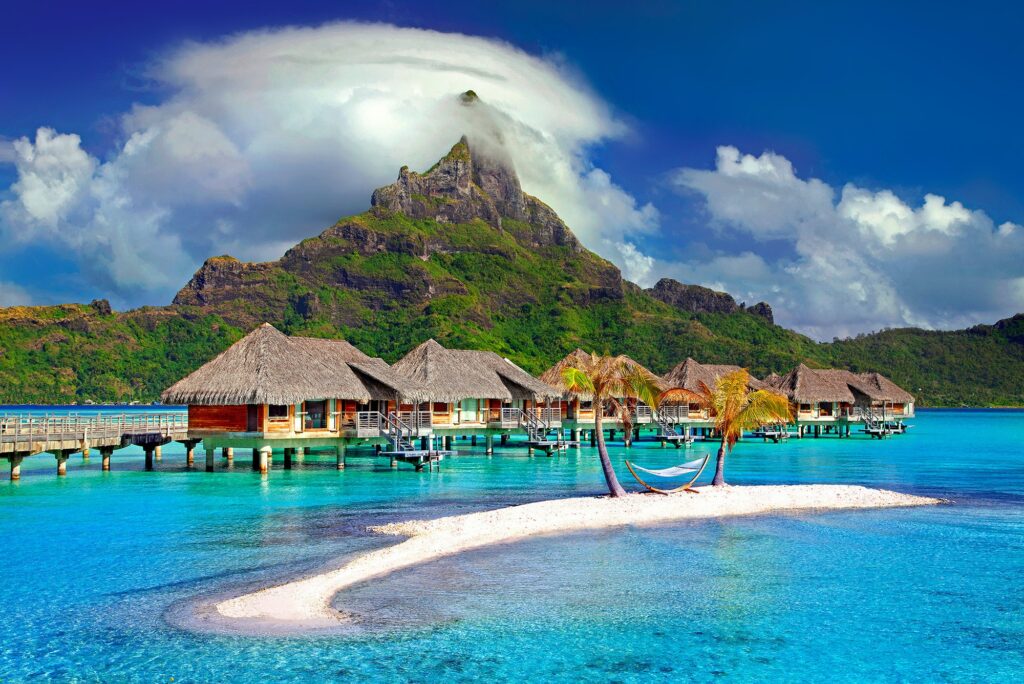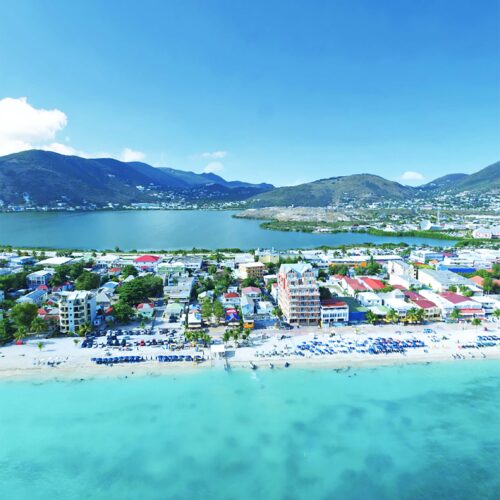Polynesia – Idyllic Beaches, Ancient Traditions, and Vibrant Local Communities from Hawaii to Tahiti, Easter Island and Samoa
Polynesia is a subregion of Oceania, consisting of over a thousand islands scattered across the central and southern Pacific Ocean. The name Polynesia comes from the Greek words “poly,” meaning many, and “nesos,” meaning island.
Some of the major islands of Polynesia include Hawaii, New Zealand, Samoa, Tonga, Fiji, and French Polynesia, which includes Tahiti, Bora Bora, and other famous island destinations.
- Hawaii: Hawaii is the largest and most well-known island in Polynesia. It is famous for its stunning beaches, beautiful waterfalls, active volcanoes, and cultural heritage. Visitors can enjoy various outdoor activities like hiking, surfing, and snorkeling.
- Samoa: Samoa is a group of islands that offers visitors a chance to experience Polynesian culture at its finest. The island is known for its beautiful beaches, lush rainforests, and crystal-clear waters. Visitors can also enjoy traditional Samoan dancing, music, and cuisine.

- French Polynesia: French Polynesia comprises over 100 islands, including Tahiti, Bora Bora, and Moorea. The islands are known for their turquoise lagoons, white sand beaches, and overwater bungalows. Visitors can enjoy various activities such as snorkeling, scuba diving, and hiking.
- Tonga: Tonga is a group of islands that offer visitors a chance to experience the traditional Polynesian way of life. The islands are known for their beautiful beaches, clear waters, and abundant marine life. Visitors can also enjoy cultural activities such as traditional dance and music performances.
- Easter Island: Easter Island is a remote island famous for its mysterious statues, known as Moai. The island is known for its beautiful beaches, rugged landscape, and unique culture. Visitors can explore the island’s archaeological sites, learn about its history, and enjoy the natural beauty of the island.

- Fiji: Fiji is a group of islands known for their stunning coral reefs, white sandy beaches, and crystal-clear waters. Visitors can enjoy a variety of water sports, such as scuba diving, snorkeling, surfing, and cultural activities, such as traditional Fijian dance performances.
- Cook Islands: The Cook Islands are a group of 15 islands that offer visitors a chance to experience the traditional Polynesian way of life. The islands are known for their pristine beaches, crystal-clear waters, and laid-back atmosphere. Visitors can enjoy activities such as snorkeling, hiking, and island hopping.
- Niue: Niue is a small island nation known for its rugged coastline, crystal-clear waters, and friendly locals. The island is a popular destination for scuba divers and snorkelers due to its abundant marine life and coral reefs. Visitors can also enjoy hiking, exploring caves, and experiencing the island’s unique culture.
- Tuvalu: Tuvalu is a small island nation known for its beautiful beaches, crystal-clear waters, and unique culture. The island is a popular destination for diving and snorkeling due to its abundant marine life and coral reefs. Visitors can also enjoy exploring the island’s traditional villages, learning about its history, and experiencing its unique way of life.
- Wallis and Futuna: Wallis and Futuna is a French overseas territory comprising three main islands. The islands are known for their beautiful lagoons, white sandy beaches, and unique culture. Visitors can enjoy exploring the islands’ traditional villages, learning about their history, and experiencing the local cuisine and music.
Did you know?
Polynesia is that it is one of the last places on Earth to be settled by humans, with the first arrivals believed to have arrived around 3,000 years ago. Polynesians were skilled navigators who traveled vast distances across the Pacific using only the stars, currents, and patterns of ocean swells.
The Polynesian language family is one of the largest and most diverse in the world, with hundreds of languages spoken across the region, some of which are endangered.
A little history:
The history of Polynesia is complex and fascinating. The first settlers of Polynesia are believed to have come from Southeast Asia around 3,000 years ago, traveling vast distances across the Pacific in boats known as outriggers. Over time, these early settlers developed a rich and diverse culture, which included sophisticated agriculture, fishing, and navigation systems.
The Polynesians were skilled navigators, using the stars, currents, and patterns of ocean swells to travel vast distances across the Pacific. This allowed them to colonize islands as far-flung as Hawaii in the north and New Zealand in the south.
In the following centuries, the islanders developed complex societies with hierarchies of chiefs, elaborate religious beliefs, and a rich music, dance, and art tradition. They also developed a system of writing known as the rongorongo script, which still needs to be fully understood today.
In the 18th century, European explorers began to arrive in the islands, bringing with them new diseases and technologies that would profoundly impact the region. Many islanders were forced into labor on European plantations, while others converted to Christianity, a dominant religion in the area today.
Despite these challenges, these islands have retained much of their cultural heritage, with traditional arts, music, and dance still thriving in many parts of the region. Today, the islands are a popular destination for travelers seeking sun, sand, and a glimpse into one of the world’s most fascinating cultures.



